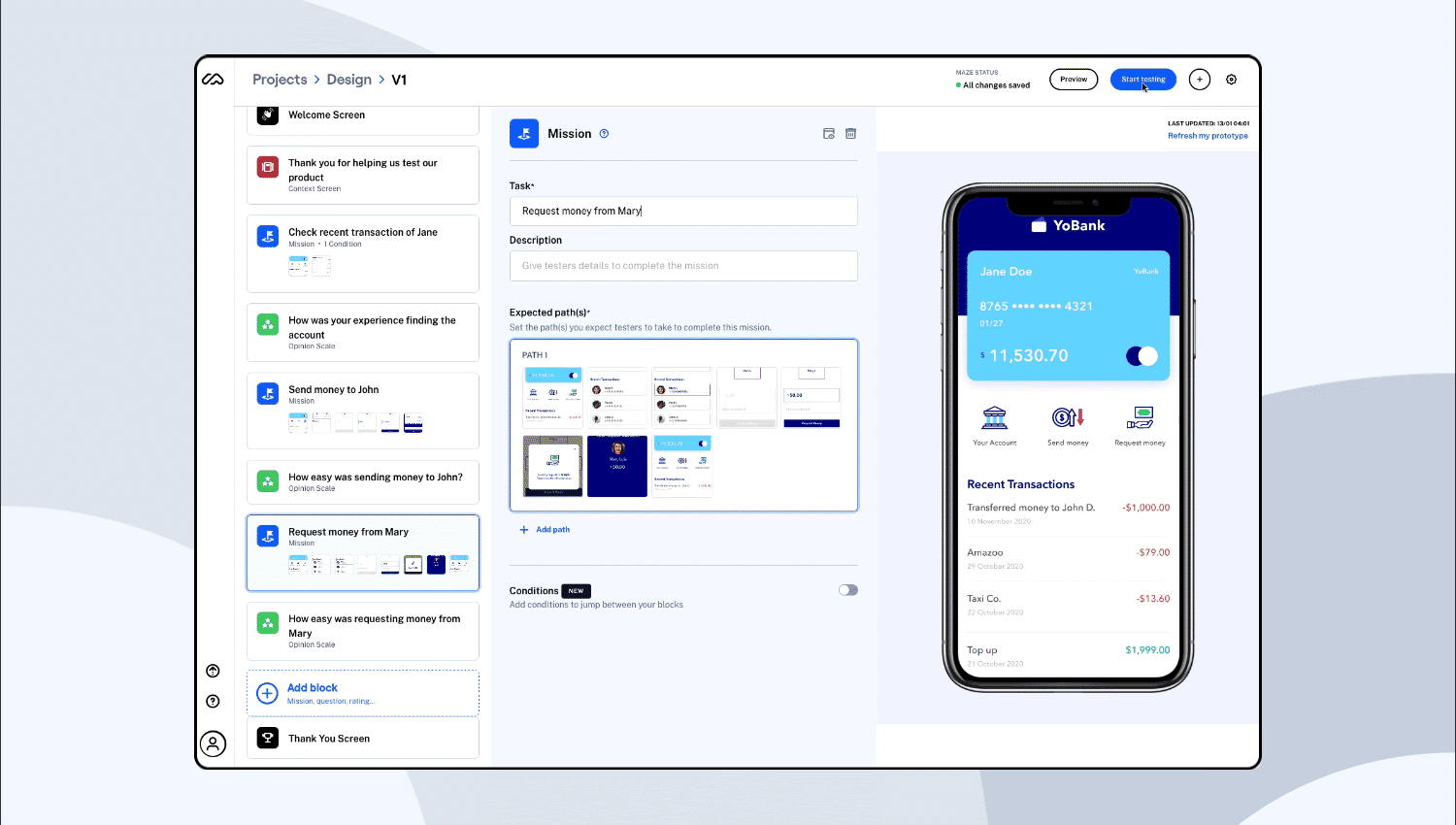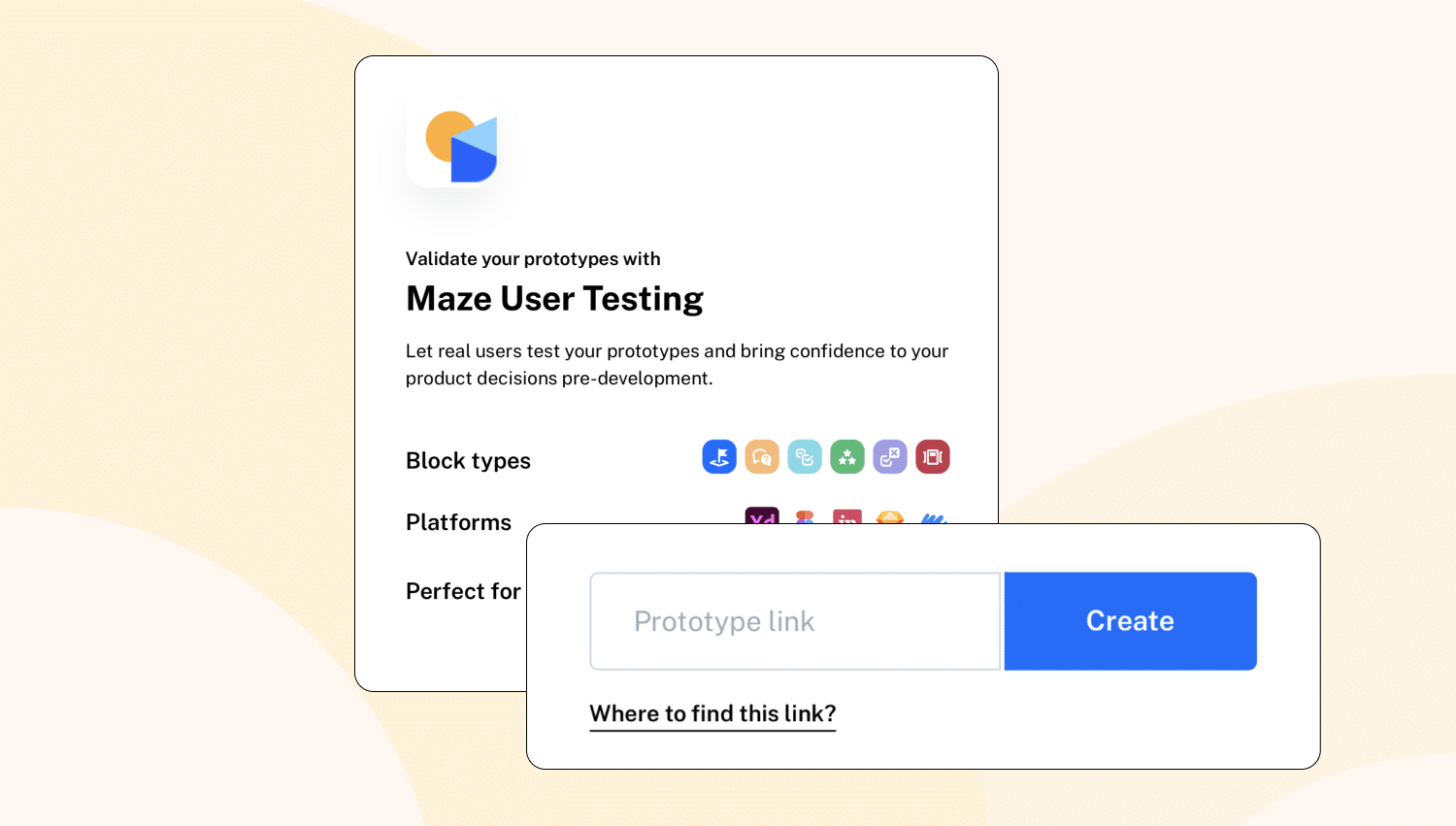Why Your Ad Campaigns Need More Than Just An A/B Test
A/B testing is one of the most crucial and popular steps as far as ad optimization is concerned. It is something you really must do to ensure getting the most return on your ad campaigns.
Most marketers check the conversion and CTR (click-through rate) data in their advertisements dashboard. Then they combine them with relevant analytics data. This process helps them to identify the winner of an A/B test.
The world has gone digital, and one of the biggest benefits for marketers is the ability to measure user activity and obtain real-time data. While launching campaigns or sending emails, you should constantly be testing. To ensure that your ads will resonate with your target demographic, you can test numerous ads, or even segments of your ad.
However, to determine the effectiveness of an advertisement based on consumer responses, feedback, and behavior, you should look beyond the conventional A/B testing schedule.
Why do your ad campaigns need more than just an A/B test?
While statistics can help you figure out which ad succeeded better, they are not 100% accurate to figure out the reason for one ad copy’s victory and the other’s failure.
Here are some of the questions you want answers to:
- Why did users click on an advertisement?
- Was it because of your intriguing writing or the call-to-action drew people in?
- What prompted someone to subscribe to your newsletter?
- Was it because of the submission form’s location on the landing webpage, or because your offer was simply too excellent to pass up?
- Is your product’s user-experience shying off potential customers?
It’s tough to find accurate answers to these questions using standard analytics, which is why user testing is such a valuable tool for internet marketers.
You can eliminate all guesswork from your statistics by observing how your research participants perceive and interact with your adverts.
So where do you start? Continue reading below to learn more.
1. Test your product’s usability first
Every product’s success on the market is determined by the user’s experience it provides.
Ones that succeed are those that assist users in achieving their goals in a more efficient manner than other competing products.
As user experience is so vital to a product’s success, it’s crucial to put the user at the center of every design and development choice you make from the start.
It’s not enough for a product to address end-user needs; it also has to do so in an intuitive, simple, and attractive manner.
A product must provide an outstanding user experience.
Usability testing is an important part of creating a great user experience. It enables you to test assumptions, validate research, and minimize setbacks or surprises during late development or go-to-market.
The only way to ensure that a product will deliver what customers are ready to pay for is to do usability testing. To learn more about usability, you may want to check out Maze’s guide on usability testing which provides a detailed explanation
2. Test the reason(s) behind ad clicks
Among the preliminary elements to consider while user testing an advertisement copy is its display position.
If you are using Google Ads, your ads in positions 1 and 2 would look different than those in lower display positions.
If you are about to run a test comparing ads with different positions, you might get invalid findings. In this scenario, you will want to test the ads individually for how they will appear in the top spots and the lower positions.
After you have selected how your advertising will look for your test, get ready to examine the details regarding the motive behind your ad clicks.
If you use more traditional A/B testing approaches, you will need to make small modifications to your ad copies to isolate them and test their specific aspects. Follow the same strategy when setting up your test environment for ad results.
Tell your participants that they should approach the test with the perspective of someone searching for a particular term (keyword). This stage is crucial because it will help you to user test the relevance and acceptability of your ad copies as well.
Ask your participant about the substance of your rival ads once you have provided them with the test context. It is here that you would learn about things like whether you should still use title caps in the headline section, the importance of content relevancy, and much more.
As higher CTRs have a favorable impact on your ad’s quality score, you will save money and increase your ROI. You may also want to stay updated with the recent digital advertising trends.
3. Put your ad flow to the test
By now, you probably have a firm belief that landing pages are an important component of the user’s click-through experience.
Next, you should concentrate on what the experience is like when your user clicks your ad copy till the time they reach the landing page.
If you are doing an ad study, make sure that you ask your test participants about what they would expect to see and experience once they click on the ad.
Then, once they have arrived at the landing page, consider asking them whether the experience matched their expectations. Irrespective of the answer, whether it matched their expectations or not, ask why they think so.
First impressions matter, and gaining customer trust can be difficult at times. If the message of your ad doesn’t match the message of your landing page, you are offering potential buyers a less desirable user experience that they will soon forget.
If your advertisement says you are selling a $5 ice cream, but your landing page’s lowest-priced product isn’t even close to $5, you are undoubtedly wasting money and damaging your reputation with potential consumers.
4. Investigate why consumers respond to certain display adverts
While it may appear on the surface to be different, user testing your display advertisements is very similar to user testing your search ads. You can read about the different ad formats here.
In the case of display advertisements, use images to present participants with your message and keep it simple. Ask them to compare and contrast two advertisements and explain why they prefer one over the other.
One research found that people prefer brighter colors. So, you may want to experiment with bright colors for your next display ad campaign. The word “FREE” in the call-to-action is also an effective element that you may want to play around with.
5. Implement user testing process
If you are bouncing between ad projects at a breakneck pace, it may be difficult to add another phase to your cycle in the form of user testing. Consider it as simply a supplement to your test data analysis rather than a separate process.
Running research on your A/B test findings, or vice versa, should not be done in place of your analytics data. Treat each set of data as two interlocking jigsaw pieces that help you view the overall picture of your ad test findings.
Examine today’s advertising and how people react to it across various platforms, from social media to billboards. The following are the highlights:
- Advertisements on social media are regarded as more “invasive” and “excessive” than those on other platforms, but they are outperforming television in terms of efficacy.
- Advertisements on television are treated less harshly but their effectiveness is diminishing.
- The percentage of consumers who discover brands through television has decreased from 43 to 31 in the last five years.
How to determine your advertisement’s effectiveness?
Build an experimental group of your desired target audience. You can develop your audience group based on the following factors:
- Age
- Specific designation or industry
- Language
Now proceed by showing the participants several variations of the primary advertisement or different ad concepts.
Ask the audience about their understanding of your advertisement and how they felt after seeing it. Pre-testing your ad concepts before they go live would help you avoid costly mistakes.
This would also allow you to measure conversions and get a deeper understanding of how buyer sentiment is related to purchase decisions.
Concentrate on what sets you apart. To set your advertisement copy different from your competition, highlight your value and originality in your ad.
Include a strong call to action. Whether it is to drive visitors to your website, learn more about your products and solutions, or make a direct sale, your ad should have a goal. Keep it simple and unequivocal that you want them to take action.
Final words
To stay ahead of the competition and enhance the quality of your digital ad campaigns, you must be willing to go beyond simple analytics. Through mere A/B testing, you get access to information that is easy to come by but only scrapes the surface.
You can add a greater degree of reliability to each of your campaigns by adding extensive ad testing practices like the ones we mentioned above.
Sell more, understand your customers’ journey for free!
Sales and Marketing teams spend millions of dollars to bring visitors to your website. But do you track your customer’s journey? Do you know who buys and why?
Around 8% of your website traffic will sign up on your lead forms. What happens to the other 92% of your traffic? Can you identify your visiting accounts? Can you engage and retarget your qualified visitors even if they are not identified?





